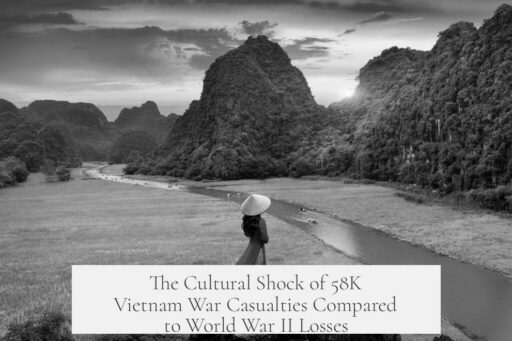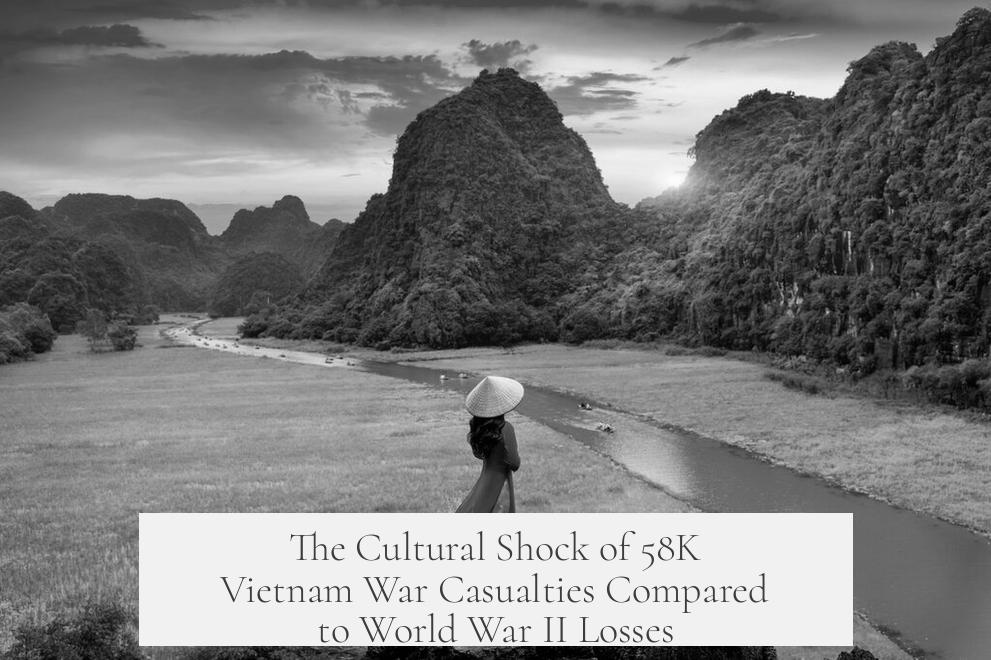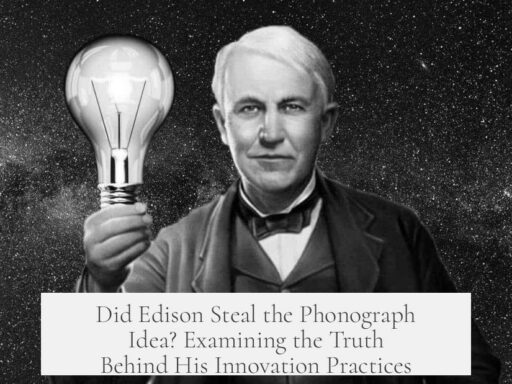The 58,000 casualties of the Vietnam War caused a cultural shock in the United States because the war’s nature, media coverage, military policies, and public perception created an experience unlike the much larger but differently framed losses in World War II.

The Vietnam War was a limited conflict, not a total war like World War II. In WWII, nearly half a million American deaths occurred within a fully mobilized society, clear objectives, and visible paths to victory. The engagement was widespread, involving multiple fronts and a collective national effort. In contrast, Vietnam involved a restricted military campaign. Large areas in North Vietnam were off-limits to U.S. air strikes to avoid escalation with China or the Soviet Union.
This containment influenced how Americans perceived the war’s seriousness. As President Johnson tightly controlled bombing targets to avoid triggering a wider conflict, the public understood the war as restrained and ambiguous rather than a full-scale fight for survival. The administration’s flawed assumptions contributed as well. Officials presumed that fighting North Vietnam was akin to fighting China indirectly, expecting quick communist capitulation under pressure. This mistaken belief prolonged the conflict and obscured victory’s definition.

The media during WWII was heavily censored. Graphic images of American casualties only appeared years into the war, and coverage was filtered heavily through government controls. In Vietnam, media access was unprecedented. Television brought raw footage of battles, casualties, and suffering into American homes nightly. Audiences saw combat in color, with sound, and often close to real-time. The direct exposure to soldiers’ wounds and deaths created an emotional response more immediate and unsettling than the filtered WWII reporting.
This constant media presence also revealed the war’s complexity and futility. Viewers saw fragmented objectives and little progress. The lack of clear gains contrasted sharply with the WWII narrative of identifiable enemy forces and decisive battles.
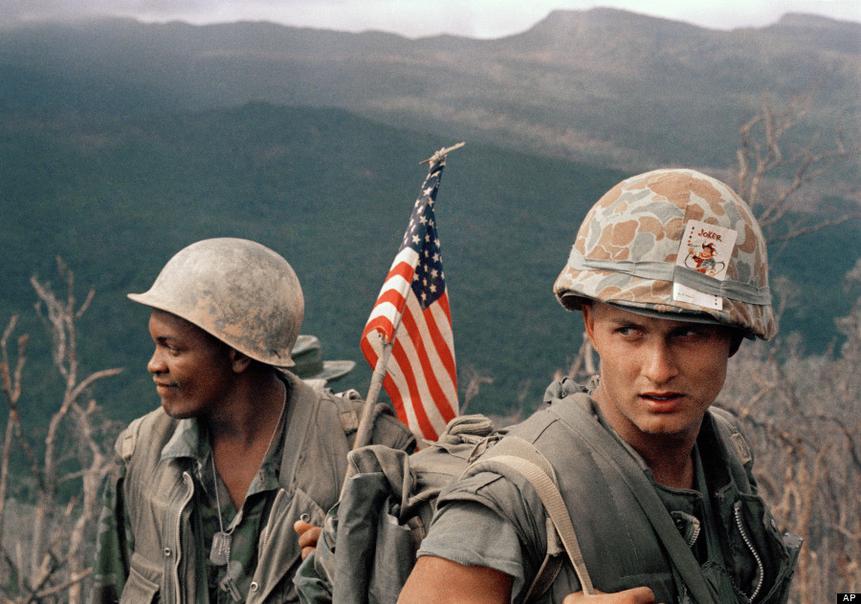
Military personnel policies further shaped public perception. Instead of drafting and mobilizing millions for the duration of the war, U.S. forces in Vietnam rotated troops after one year and did not activate Army Reserves fully. This rotation spread casualties and suffering among more families over many years. While intended to maintain morale and limit commitment, it created a sense of unending conflict with no closure. Moreover, these policies disrupted military cohesion and effectiveness, feeding narratives of confusion and failure.
When compared numerically, the losses seem smaller: 58,000 in Vietnam versus nearly 500,000 in WWII. But the context alters the emotional impact. WWII losses were bracketed by a clear national aim—defeating fascism—and a shared understanding that the sacrifice was necessary. In Vietnam, unclear objectives, prolonged fighting, and contentious reasons for fighting left many Americans questioning the war’s legitimacy.
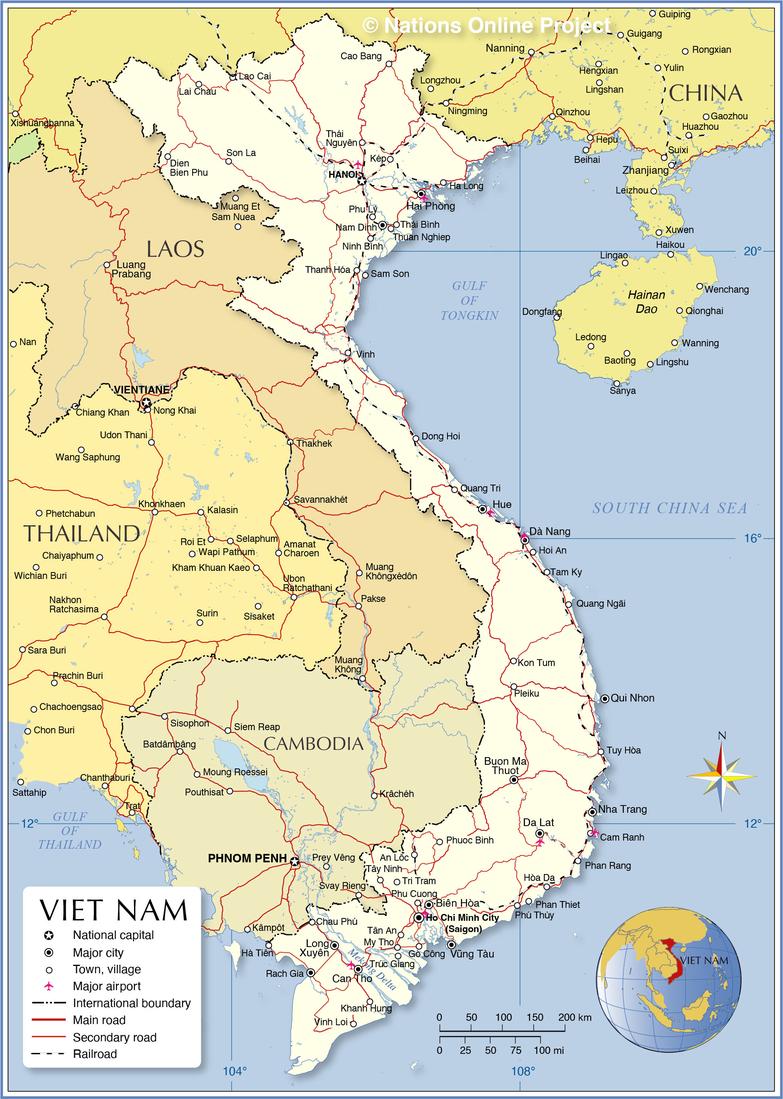
The disparity in public reaction stems from:
- War type and scale: WWII engaged the entire nation with lasting commitment; Vietnam was a constrained, politically complex war.
- Media portrayal: Graphic, uncensored, televised images brought Vietnam casualties home in stark reality.
- Military policies: Troop rotations spread pain but diluted a sense of unified effort.
- Public perception: Vietnam’s unclear goals and contested rationale bred dissent and cultural shock even at lower casualty numbers.
The Vietnam War casualty shock reflects more than the number of lives lost; it highlights how the American public experienced, processed, and understood loss differently under contrasting conditions.
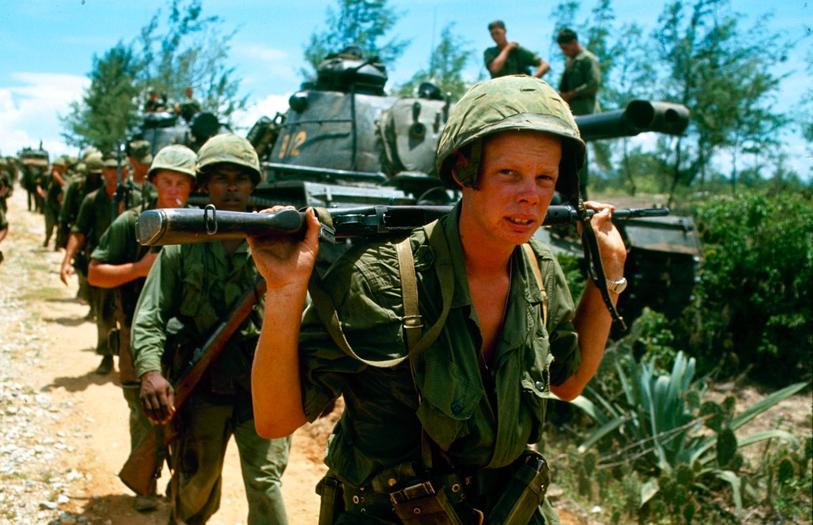
| Aspect | World War II | Vietnam War |
|---|---|---|
| Casualties | ~500,000 US deaths | ~58,000 US deaths |
| War Type | Total war; full mobilization | Limited war; political constraints |
| Media Coverage | Heavily censored; delayed graphic images | Immediate; uncensored; televised combat |
| Military Policy | Large-scale drafts; sustained deployment | Rotated troops; no Army Reserve activation |
| Public Perception | Clear objectives; shared sacrifice | Ambiguous goals; divided opinion |
- Vietnam’s limited and politically cautious nature created a different war experience than WWII’s total mobilization.
- Media exposure during Vietnam was immediate and graphic, intensifying the emotional impact of fewer casualties.
- Military troop rotation policies spread casualties, fostering a prolonged awareness of loss.
- Ambiguous objectives and flawed strategies led to public uncertainty and cultural shock.
Why Did 58K Casualties in the Vietnam War Cause a ‘Cultural Shock’ in the USA When Just a Few Decades Ago, America Lost Nearly Half a Million Men in WW2?
The 58,000 American deaths in the Vietnam War caused a profound cultural shock in the USA because Vietnam was a limited, ambiguous conflict fought under a microscope, unlike the clear-cut total war of World War II that had nearly half a million casualties but was framed differently in public perception and media portrayal. Let’s unpack why this seemingly smaller toll felt so much heavier and divisive.

First, the nature of the wars couldn’t be more different. World War II was a total war. The entire nation geared up: factories shifted to war production, men marched off for long deployments, and victory meant unconditional surrender of Axis powers. No one doubted the stakes or the moral clarity of the cause. In contrast, Vietnam was a limited war, fought under tight political constraints. The Johnson administration feared triggering a larger conflict with China or the Soviet Union, which meant large parts of Vietnam were strictly off limits to U.S. bombers. The war wasn’t about total conquest but containment, a fuzzy objective wrapped in Cold War paranoia.
This ambiguity provoked confusion at home. Many Americans struggled to understand what victory looked like or whether it was even achievable. The Johnson administration clung to the flawed assumption that North Vietnam was just a Chinese proxy, expecting communist leaders to fold under military pressure—an expectation that reality repeatedly dashed. The mismatch between political messaging and war realities bred skepticism and frustration.

Now, let’s talk about media. In World War II, censorship was paramount. The U.S. government tightly controlled war news to maintain morale and unity. Graphic images of dead American soldiers weren’t shown to the public for years—remember, the first widely published photo of fallen U.S. troops came in 1943. In other words, the grim human cost was filtered carefully.
Vietnam was different in a groundbreaking way. Television brought combat right into living rooms, often live and uncensored. Viewers could watch color footage of battle, see injured and dead soldiers, hear the sounds of war, and witness the aftermath of battles like the horrifying Tet Offensive in 1968. Unlike the sanitized images from World War II, Vietnam’s gruesome scenes were a shock to the collective American psyche.
Imagine this: the nation sees soldiers suffering and dying on their TV screens every night. The casualty count—though much lower than World War II—felt immediate and personal. This near real-time coverage shattered the old patriotic narratives and stirred widespread doubt about the war’s purpose and conduct.
The military’s policies during Vietnam also shaped public perception. Unlike the total and sustained mobilization of World War II, the U.S. rotated troops in and out of Vietnam after one year, never deploying reserves. These decisions aimed to signal the war’s limited nature, but they ironically stretched the emotional toll across more communities and diluted the military’s effectiveness.
By rotating soldiers more frequently, more families endured the anxiety of having a loved one in combat zones—sometimes repeatedly. This created a spiky, prolonged emotional impact rather than the concentrated shock waves that waves of WW2 casualties generated over a relatively shorter period.
Also, the lack of a unified or fresh draft call, contrasted with World War II’s massive, total mobilization, made Vietnam feel less like a collective effort and more like a contentious, divisive conflict. This fed a cultural divide between supporters and opponents of the war, unlike the more unanimous home front during World War II.
Let’s put these contrasts in a snapshot:
| Aspect | World War II | Vietnam War |
|---|---|---|
| Casualties | Nearly 500,000 U.S. dead | About 58,000 U.S. dead |
| Type of War | Total war—full mobilization | Limited war—restricted scope |
| Media Coverage | Heavily censored, delayed | Graphic, immediate, televised |
| Military Policy | Long deployments, reserves activated | One-year rotations, reserves not activated |
| Public Perception | Unified behind cause and sacrifice | Divided, confused, culturally shaken |
So, why does this matter? Because how a nation processes wartime loss shapes its culture and politics. The immediacy of Vietnam’s casualties, coupled with the unclear objectives and endless grind, rattled the American psyche. It felt as if the very notion of honorable sacrifice was upended. Unlike in WWII, where sacrifice was seen as noble and decisive, Vietnam’s casualties sparked protests, distrust in government, and a national soul-searching over U.S. foreign policy and military intervention.
Many Vietnam veterans returned home to a country that often rejected or misunderstood their service. Contrast that with World War II veterans, who largely came back as celebrated heroes. This cultural fracture deepened the shock and tragedy of the 58,000 losses.
Understanding this shock means appreciating human psychology and social dynamics. It’s easier to digest large numbers in a clear, patriotic narrative—“We defeated fascism.” But smaller numbers, seen in vivid daily images, without a clear path to victory, feel more traumatic and unjust.
In summary, the 58,000 war deaths in Vietnam packed a cultural punch hugely disproportionate to the number, precisely because of the war’s ambiguous nature, the unfiltered media coverage, and military policies that diffused the pain across a divided nation. The Vietnam War’s legacy is a lesson in how society perceives war losses, reminding us that numbers alone don’t tell the whole story.
So next time someone asks why America was so shaken by 58,000 deaths in Vietnam but not by nearly half a million in World War II, remember: it’s about the story told, the clarity of purpose, and how those losses are felt in hearts and homes, not just counted in casualty lists.
“War is the unfolding of miscalculations.” – Barbara Tuchman. In Vietnam’s case, those miscalculations echoed on American streets and living rooms, much louder than numbers ever could.
